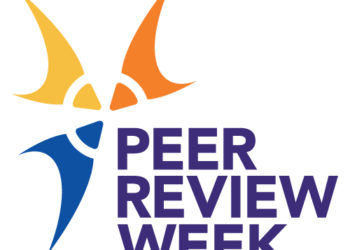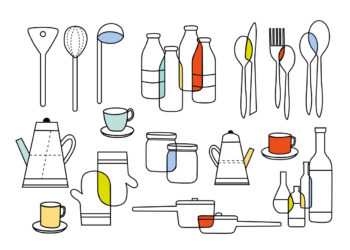Editors don’t reject my submissions very often. This doesn’t mean that I’m a stellar scientist. It simply reveals how cautious I am with my submission choices.
I don’t mind getting rejection letters, just as long as they are constructive, and I don’t mind telling people that I was rejected, just as long as the rejection came from a reputable journal.
What I am sensitive about is wasting time — and not just my time, but the time of editors and reviewers. A resubmission may only mean a day or two of my own time, but it may lock up the paper for several months before I hear an answer. This delay prevents me from being too ambitious, like Icarus, the mythical Greek character who flies too close to the sun with wings made from feathers and wax. The gods of editorial boards can be cruel, but their lesson is clear: Don’t waste our time, and we won’t waste yours.
I ignored this lesson with my last two submissions. The reason? The journals practice cascading peer review and would forward my rejected article — along with the reviews — to the next appropriate journal in line. I would not have to write another cover letter, change my reference style, or go through the resubmission process and wait in line for an editorial assistant to handle my submission. My dossier would go straight to the editor.
Which leads me to ask the editors and publishers who practice rejection referral whether they are seeing more submissions to their top journals from authors like me?
If the practice of cascading peer-review becomes standard within the industry, the function of editorial and peer-review becomes less about gate keeping and more about finding an appropriate home for a manuscript. In this world, rejection rates, as an indication of selectivity and brand identity, start to lose their meaning. Similarly, an author’s choice of where to publish becomes less about choosing a journal and more about cultivating a relationship with a publisher.
This puts larger publishers in a distinct advantage, especially those who manage a portfolio of titles within a discipline. For smaller publishers however, there is no other journal to pass a manuscript, except perhaps a general multidisciplinary open access journal with few requirements beyond a sound methodology. Society publishers controlling just a single title can offer nothing to a rejected author except a letter of condolence. While single journals can group together to help facilitate a transfer — such as done by the Neuroscience Peer Review Consortium — this intra-publisher transfer is much more complicated and time-consuming than an internal referral.
Being a large player in a digital publishing environment can offer more economies of scale beyond selling bundled “Big Deal” subscriptions to librarians. Cascading peer-review offers an added level of service to authors that simply cannot be matched by smaller publishers.
With cascading peer review, the price of rejection has gotten a lot cheaper. And when soaring too high comes with a much shorter fall, I’m willing to fly a little higher.
Related articles
Discussion
7 Thoughts on "When the Price of Rejection Becomes Cheaper"
Good point, but a publisher that practices cascading peer-review as you describe it here, may not peer-review a ms if it is not suitable. That is, if a journal receives a submission that it considers out of scope on editorial grounds, it will or can reject it without peer-reviewing it first – and still offer the rejected author resubmission to one of the other journals that participates in its “transfer of submission” scheme. Hence, nobody’s time is wasted. (And submissions to prestigious journals have increased every year for many years now, before any of these transfer systems were devised, so staff are used to this phenomenon).
I have to agree with Maxine. Cascading-peer-review is really designed to get the manuscript to the most appropriate journal not lessen the blow of rejection.
I don’t disagree. My point is that the practice may have the unintended consequences of changing author submission behavior leading to an increase of inappropriate submissions to top journals. This is not the intention of editors, but it may very well be the result.
This is a very interesting post. What might end up happening is that a cascade of journals ends up running a generic review process, with reviewers being asked to recommend which journal the article appears in as part of their review. The editor would then make the final choice of outlet based on these recommendations and their own feelings about the paper.
This does beg the question when you’d give a ‘reject, encourage resubmission’ decision- for example, is a paper with a smallish dataset and limited conclusions better suited for the less prestigious journal, or should the authors be asked to improve their dataset and analyses to arrive at a better product? I worry that the prospect of losing the paper altogether might lead editors to just accept the weaker paper to make sure it doesn’t ‘get away’ and be published elsewhere.




